
Research Blogs

Beyond 2100 Hours: ETU-Stabilized Perovskite Solar Cells Demonstrate Exceptional Lifetime on Fluxim's Litos Platform
Breakthrough stability for perovskite solar cells: By suppressing stacking faults using an ETU additive, FA-rich perovskite devices achieved over 2100 hours of >93% PCE retention. These results, validated on Fluxim’s Litos platform, show the power of crystal facet engineering combined with precision stability testing.

TADF OLEDs and Hyperfluorescent OLED Simulation with Setfos
Simulation of Organic light‐emitting diodes (OLEDs) using thermally activated delayed fluorescence (TADF). Emission zone analysis and a parameter study. Possible routes for efficiency enhancement.

Photon recycling in perovskite solar cells assessed by a detailed-balance compatible dipole emission model
In solar cells, photon recycling leads to an increase in the open-circuit voltage of the device. This tutorial explains how to exploit self-absorption to increase the efficiency of the solar cell.
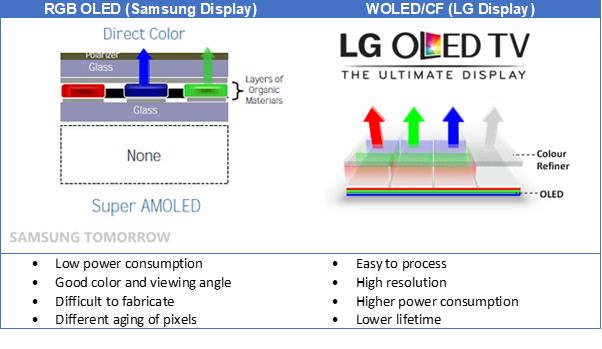
Quantifying Electro-Optical Cross-Talk in White OLED / Color Filter Displays
Understanding electrical and optical cross-talk effects in displays by using simulation and characterization. Reduction of the cross-talk deleterious effect.
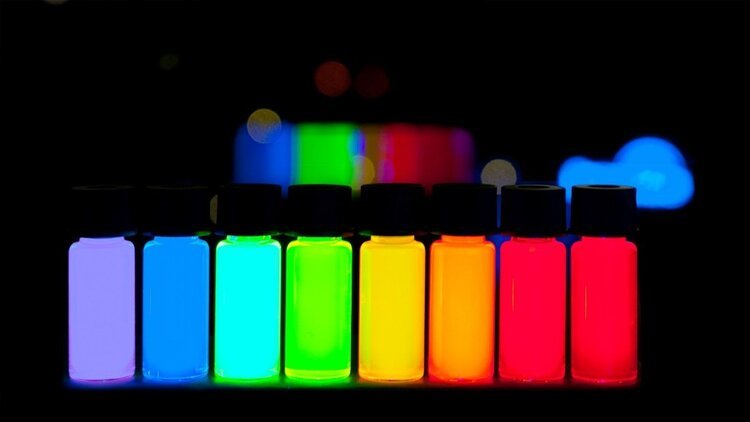
Light Conversion using Perovskite Quantum Dots
This tutorial presents the main properties of quantum dots and gives an example of how to characterize films with embedded quantum dots using angular resolved spectroscopy.
Investigating Current Matching and Hysteresis in Perovskite-Silicon Tandem Solar Cells with Drift-Diffusion Simulations
Perovskite-silicon tandem solar cells are revolutionizing photovoltaics, but optimizing current matching between layers is critical for achieving peak efficiency. A mismatch can lead to power losses, limiting overall performance. In this blog, we explore how optical and electrical simulations help fine-tune device design, ensuring both sub-cells generate maximum power.
Discover how precise modeling can boost tandem cell efficiency and accelerate the path to commercialization.
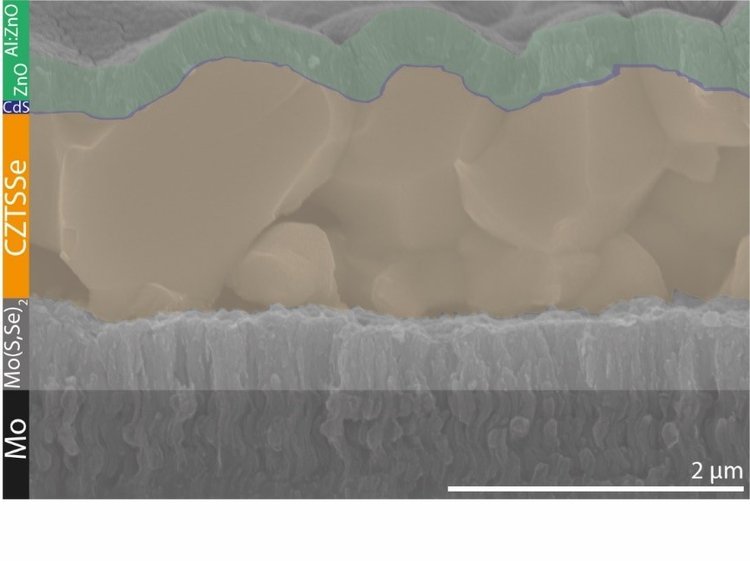
Stability Testing and Electronic Characterization of Kesterite Solar Cells for Indoor Applications
Fluxim presents advanced stability testing and electronic characterization techniques for kesterite solar cells. Learn how these tools enhance efficiency and reliability, making them ideal for indoor applications. Discover breakthroughs in renewable energy research!

Advanced OLED Research with Setfos – Insights from Professor Chris Giebink
Discover how Professor Noel Giebink and his team use Setfos to advance OLED research. Learn how Setfos simulations help optimize device performance, improve efficiency, and push the boundaries of OLED technology. Get a free 1-month evaluation license today!

How to correctly simulate the EQE of an organic tandem solar cell using full optoelectronic simulations
Learn how to accurately simulate the external quantum efficiency (EQE) of organic tandem solar cells with full optoelectronic models in SETFOS. Explore optical and electrical setups, EQE measurement techniques, and design optimizations.

Aging and Characterization of High-Bandgap Perovskite Solar Cells
Explore how advanced material and optoelectrical characterization techniques uncover the degradation mechanisms in high-bandgap perovskite solar cells. Discover the impact of temperature on aging, insights from electrical characterization, and the significance of parallel stressing for statistical validation.
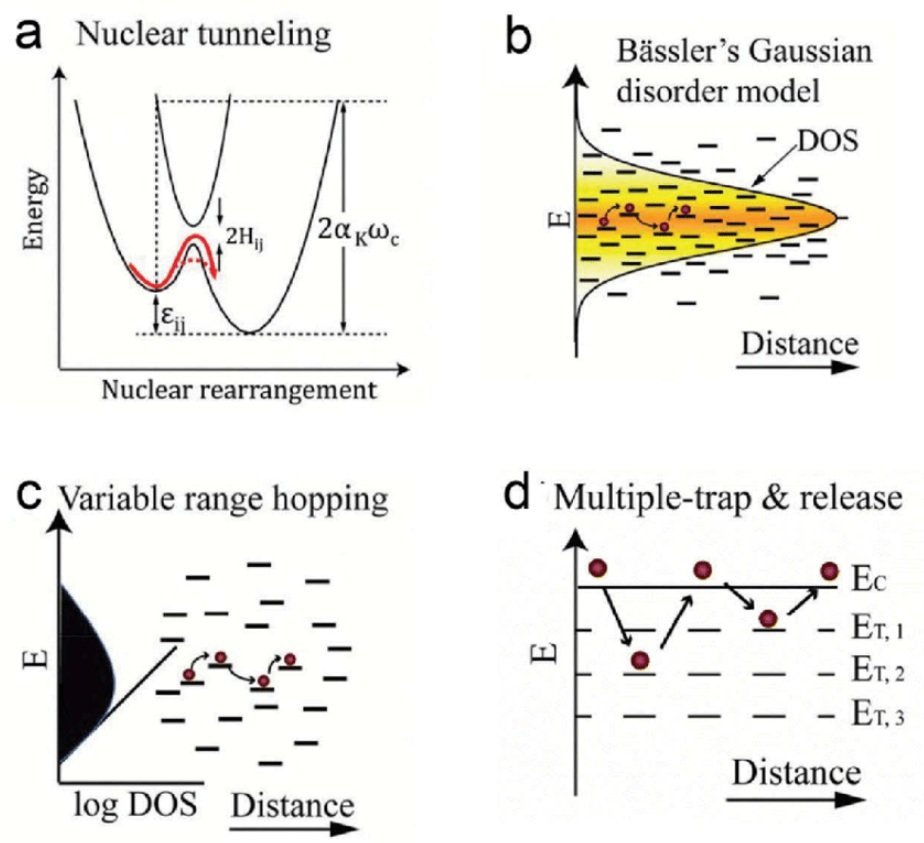
Charge Carrier Mobility in organic semiconductors
Explore charge carrier mobility measurement techniques in organic and perovskite electronics. In our concise guide, learn the advantages and limitations of Space Charge Limited Current (SCLC)

Latest Efficiency Records: Perovskite-Silicon Tandem Solar Cells
Discover the groundbreaking 33.9% efficiency record set by Longi for a perovskite/silicon tandem solar cells in. Learn how simulations can be used to optimize performance and explore the potential of multi-junction solar cells.
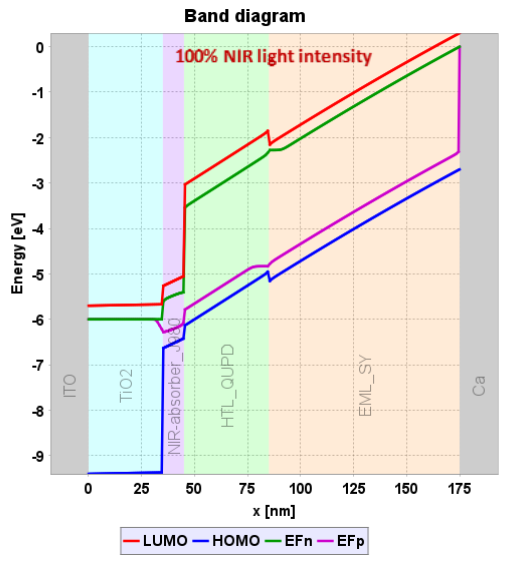
A Tutorial on Drift-Diffusion simulations
We prepared a tutorial to summarize the fundamental equations to simulate the electrical behaviour of OLEDs, photodetectors and solar cells. We take as an example the response speed of narrowband organic optical upconversion devices.
How to Improve Measurement Accuracy of LED and PV Devices with a Common Electrode
Non-metalized contact pads and shared electrodes can undermine the accuracy of solar cell and LED measurements due to high contact resistance, distorting current-voltage (IV) curves and resulting in incorrect maximum-power-point (MPP) and open-voltage circuit (Voc) values. However, solutions exist: metallizing contact pads with gold or silver can reduce resistance issues, and avoiding common electrodes in multi-pixel designs can further enhance measurement accuracy, leading to improved reliability and efficiency in solar cells and LEDs.
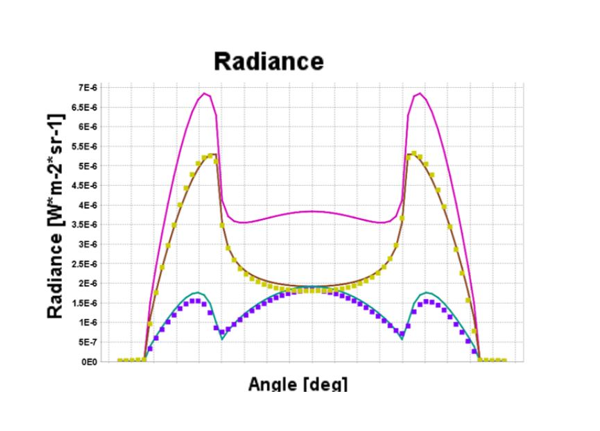
Angular Resolved Photoluminescence and Electroluminescence of light emitting materials
Setfos can analyze angular-dependent PL data collected by Phelos to get information about the properties of an organic emitter, such as the orientation of the dipoles and the width of the emission zone. With this analysis, we are able to optimize the characteristics of our OLEDs for high EQEs.

Estimation of Charge Carrier Mobility in Solar Cells: An Introduction to CELIV
Dive into the world of mobility in solar cells, and explore how CELIV measurements help determine charge carrier mobility in thin-film solar cells like perovskite and organic solar cells. Learn about various CELIV techniques and their applications in this comprehensive research blog.
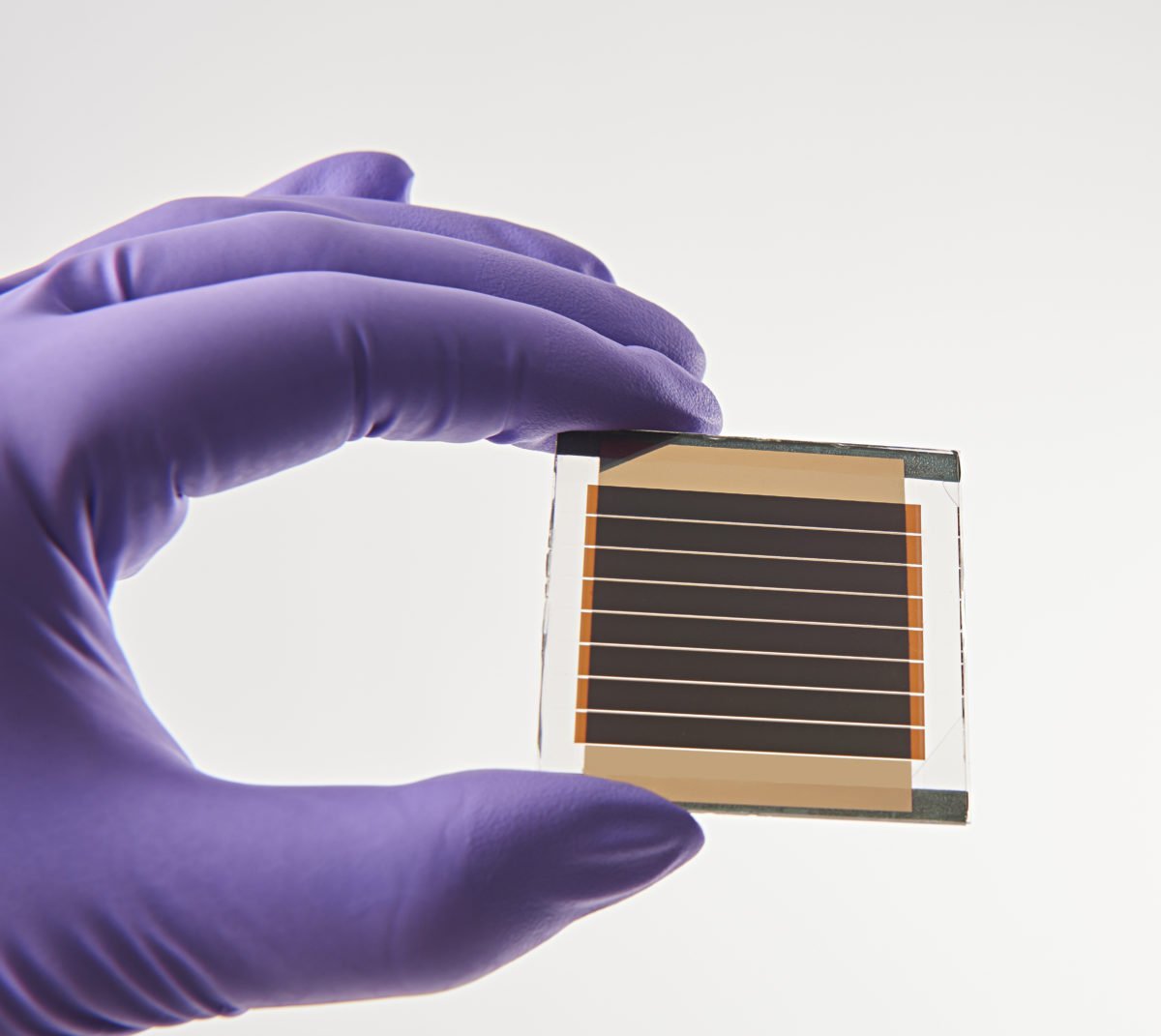
Perovskite Solar Cell Upscaling Prediction
The monolithic module design is a suitable solution to upscale the lateral dimensions of perovskite solar cells. The device's active area is divided into smaller cells with an interconnection gap. The narrower the subcell, the lower the resistance of each subcell with consequent improvement of the FF. However, the interconnecting gap between each subcell is an inactive area, that reduces the total efficiency of the module. The interconnection is composed of lines P1, P2, and P3, which respectively separate the TCO, the photoactive layer, and the top contact between consecutive subcells.
We used the simulation software Laoss to optimize a perovskite photovoltaic minimodule. This procedure can replace the standard experimental trial-and-error approach that is commonly used to upscale perovskite solar cells.

Current Losses Caused by Mobile Ions in Perovskite Solar Cells
The presence of ions limits the charge extraction in perovskite solar cells, causing current losses. We used drift-diffusion simulation to validate this hypothesis and propose solutions to limit their influence – hence optimizing the power conversion efficiency (PCE).

Quantification of trap states by thermally stimulated current in thin film solar cells
The performance of light-emitting (LEDs) and photovoltaic (PV) devices depends on the quality of the photoactive semiconductor material. The unintentional introduction of defects in the semiconductor material due to material impurities or during the fabrication process causes the deviation from optimal performance.
These defects are referred to as trap states, or in short “traps”, which are energetic states within the bandgap of a semiconductor. In general, traps can occur due to material impurities (in the bulk) or at the interfaces between layers of different materials.
In the following blog post, we will present how to characterize the trap states with the technique called thermally stimulated current (TSC). We also propose a method to reliably interpret the TSC results based on drift-diffusion simulations.

Influence of recombination rates on transient photoluminescence and efficiency of TADF OLEDs
OLEDs made by thermally-activated delayed fluorescence (TADF) materials as emitters promise an IQE of 100%. Here, we want to present an analysis of the influence of non-radiative recombination rates (knrs and knrt) on the device efficiency as well as how to determine them from experiments. As we will see, the knr rate influences PLQY, and consequently ELQY, hence the negative impact on EQE.
First, to determine the non-radiative decay rates, we need to extract the rates kf, krisc, and kisc by fitting transient photoluminescence (trPL) measurements of TADF films.
